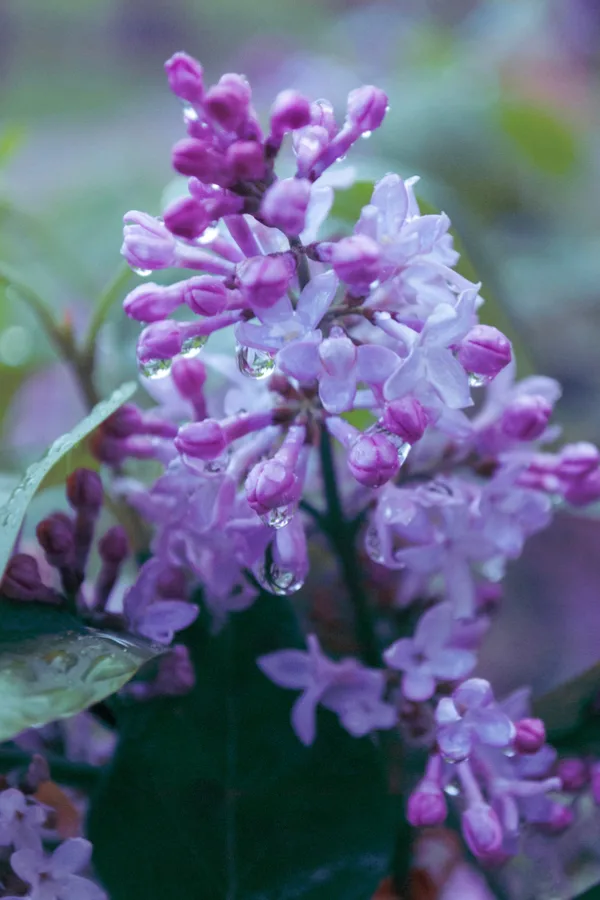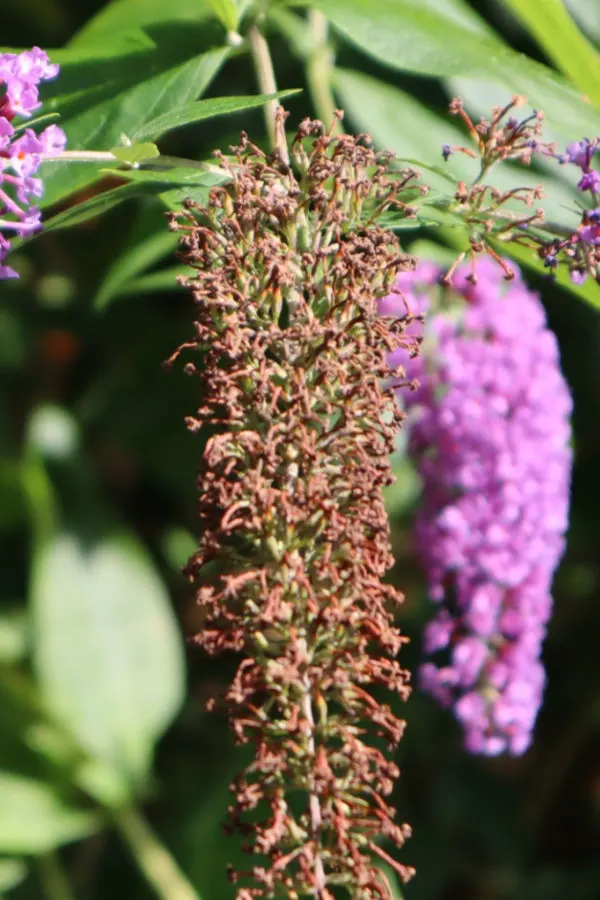Lilac bushes are one of the most colorful and beautiful sights of early spring, but what do you with them after they bloom can play a big role in their long-term health – and just how well they bloom next year too!
Lilacs have become a staple in the landscape for early season color. With varieties that are available to fit a wide range of growing zones (3 through 10), they can be found growing almost anywhere. And do they ever make a statement in the landscape!
With huge, gorgeous blooms that can flower in hues of purple, lavender, red, pink, yellow, white and blue, there is a color and variety to match any planting scheme. Especially when you consider they can be found in a wide range of sizes too.

Adding to their allure, lilac bushes are also fairly easy to care for and maintain. They require minimal fertilizing and are extremely winter hardy. They also happen to be fairly resistant to disease and pests as well.
But with that said, some gardeners find it a bit difficult to keep their lilacs blooming strong year after year. Although the issue can be soil or location related, it is often related to how the shrubs are cared for after they complete their blooming cycle in late spring.
With that in mind, here is a look at what to do with your lilacs after they flower to keep them healthy and blooming year after year!
What To Do With Lilac Bushes After They Bloom
There are three critical aspects of post-blooming care when it comes to maintaining lilac bushes:
- Deadheading / Removing Spent Flowers
- Pruning
- Water Control
All three can play a significant role in both the quantity and intensity of blooms for the following year. Here is a look at each one individually, along with the best practices for each to keep your bushes healthy, thriving and blooming big!
Deadheading / Removing Spent Flowers
Much as with any perennial or annual flower, the blooms of a lilac continue to absorb nutrients from the plant as long as they remain on it.

Because of this, one of the best things you can do for your lilac bush is to remove its fading and dying blooms. Unfortunately, when a mass of old blooms are left to die and wither away on a lilac bush, it consumes energy. Energy that should be going to the roots to store power for next year’s blooms.
As your lilac blooms begin to fade and die back in full, remove as many as possible. One of the easiest ways to perform this task is with manual or electric hedge clippers.
This simple chore will help your shrub begin the process of powering next year’s blooms and not waste useless energy trying to heal old blooms. Even if your lilac bush is too big to get all of the old blooms off, getting most will make a big difference.
Pruning – What To Do With Lilac Bushes After They Bloom
One of the most common reasons for lilac bushes failing to bloom is pruning. Or, to be more exact, pruning at the wrong time.
The large majority of lilac bushes bloom on old wood. Because most lilacs flower in the spring, that means the blooms for the following year form on the wood that grows in the summer right after they finish blooming.
Because of this, you never want to prune your lilac bush in late summer, fall or winter. If you do, you will be cutting off the wood where future blooms will flower from. Instead, always prune lilacs as they are completing their bloom cycle, or immediately after it.

By pruning as soon as they stop blooming, you allow the bush plenty of time to grow new wood. And that will become the “old wood” that the bush then blooms on next spring. It really is a win-win for the gardener when you consider deadheading and pruning the plant back can all occur at the same time!
Dealing With Overgrown Lilac Bushes
One final note on pruning, if your lilac bush is older and has become overgrown and unmanageable, you can cut it completely back to near ground level to bring it back under control.
Lilac’s are extremely hardy, so there is little worry about killing the plant off. To do this, prune the plant back to about 12 inches in total height. It will, however, most likely take an extra year of growth before it begins blooming again.
Proper Watering – What To Do With Lilac Bushes After They Bloom
Not to be discounted in the blooming strength and vitality of lilacs is proper watering. Not just before or during blooming periods, but all summer and fall long.
Lilacs require a lot of water to keep their extensive root system healthy. Much like vegetable plants, they should be receiving about an inch of rainfall or equivalent watering every week. This is especially true for younger bushes that do not have as many roots in the ground.
As the long, hot summer days settle in, don’t forget about watering your lilac bushes. Especially if you are experiencing long, prolonged periods without rain. A lack of water now will mean less summer growth, and fewer blooms for next year.
Fertilizing – What To Do With Lilac Bushes After They Bloom
There are a couple of other factors that can cause a lack of blooms for lilac bushes. The first and most prevalent of which is over-fertilizing.
Lilacs simply do not require or need a lot of fertilizer or rich soil to perform well. In fact, when the soil is too fertile or they receive too many nutrients, it can actually cause them to bloom less!
Applying a few inches of compost in late fall and in early spring around the base of the plant is more than enough to power the plant’s growth. As an alternative, you can sprinkle a light dose of all-purpose fertilizer (5-5-5 or 10-10-10) in late winter.
Beyond that, there is little need to add any additional fertilizer or treatments to your bush. Just sit back and enjoy watching those beautiful spring blooms unfurl year after year!
Jim and Mary Competti have been writing gardening, DIY and recipe articles and books for over 15 years from their 46 acre Ohio farm. The two are frequent speakers on all things gardening and love to travel in their spare time.
As always, feel free to email us at thefarm@owgarden.com with comments, questions, or to simply say hello! You can sign up for our free email list in the subscribe now box in the middle of this article. Follow us on Facebook here : OWG Facebook. This article may contain affiliate links.

